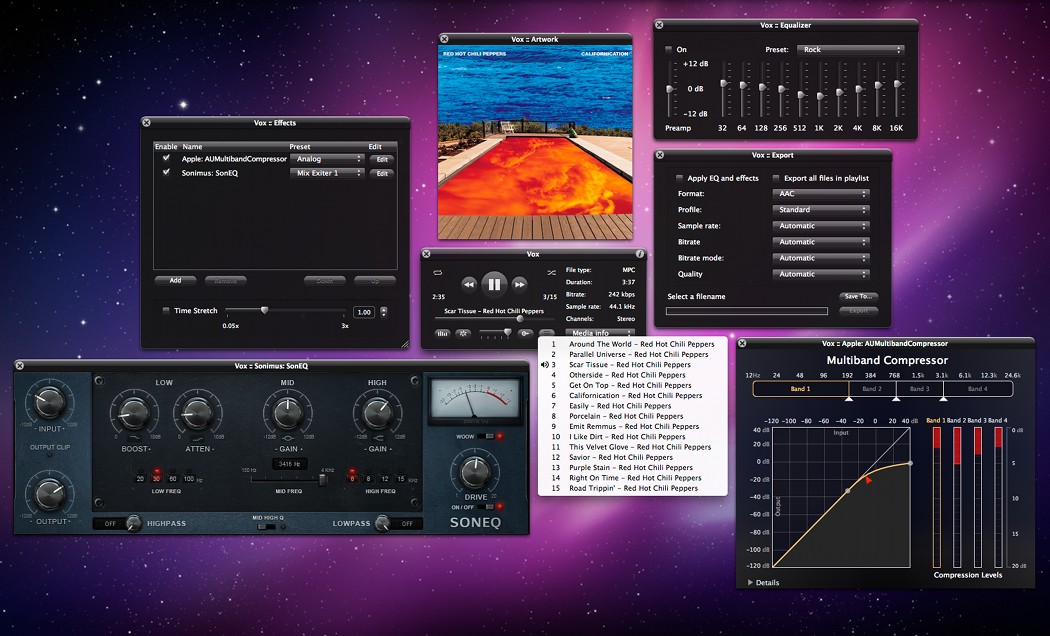

Once this is done the device name must be written to the device using a naming function in the engineering tool. In the engineering tool the typical way of setting up a PROFINET device initially is to configure it using the manufacturer supplied GSD file, then setting the parameters and device name offline. It also has some other special functions we’ll mention next such as resetting a device to factory settings and flash of device LEDs. The ‘Set’ service is used to set the name or IP of the device. If not, you can set the name with the PROFINET DCP ‘Set’ service. In this case, the tool is using a DCP ‘Identify’ service basically to say “Device filler-cab1 are you out there?” If the device is there and has the name, the check is successful as the device responds. You can then check if the name has been set on the device by using a check name service in the engineering tool (or by using the previous function: ‘Identify All’). Another use might be in the engineering tool for example, let’s assume that we already have setup a device with the meaningful name “filler-cab1”. This is typically used by the PROFINET controller at startup to identify each device and check its IP address settings, name and if it has the expected device before parameterization. The ‘Identify’ service is used when a device needs to be found using a particular/known device name. There might be other options in the tool to filter the device list for devices with no name set, devices with a wrong name, only work with project specific devices, etc. has a duplicate IP address or duplicate name with another device.Once you have the device list it’s easy to determine if there is a network management issue such as device:
DCP PLAYER FOR MAC MAC
By using this function in the configuration tool you can quickly find all connected PROFINET devices and get a device list of all their information such as current device name, IP address, subnet mask, router address, MAC address, device type, vendor and more. See the overview below to see how each DCP function is typically used with PROFINET: DCP Identify AllĭCP ‘Identify All’ (multicast service / group):ĭCP ‘Identify All’ service is a way to identify/browse the PROFINET network and find all the attached PROFINET devices. Next we’ll talk about each service in a little more detail.
DCP PLAYER FOR MAC PC
This is similar to the IT protocol Address Resolution Protocol (ARP) which works to resolve an Ethernet Media Access Control (MAC) address when your PC knows the IP address of a remote host, but not the MAC address. For example in the tool you might see an option to “Browse the network” or “Assign a Device name”, or “Flash device LEDs”, and once the option is selected the DCP messages are then sent and received by the configuration tool over the network ‘under the hood’. Usually there is an area in the tools, such as a menu where DCP functions can be performed. DCP services are integrated into PROFINET engineering tools, diagnostic tools, controllers, and devices. Some of these services use a multicast message which means it goes to a group of PN devices and some use a unicast message which goes only to a specific device. PROFINET DCP offers services such as ‘Identify All’, ‘Identify’, ‘Set’, Set – ‘Flash’, Set – ‘Reset to Factory’, ‘Get’ and ‘Hello’ as the main functions.

Figure 1: Excerpt of PROFINET startup sequence using DCP from the IO controller


 0 kommentar(er)
0 kommentar(er)
